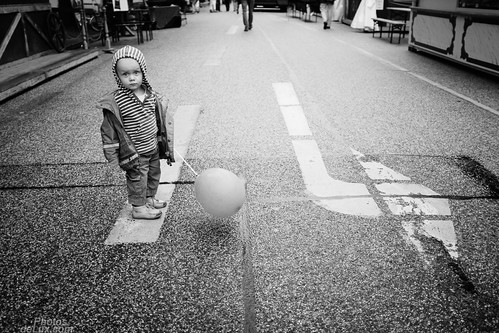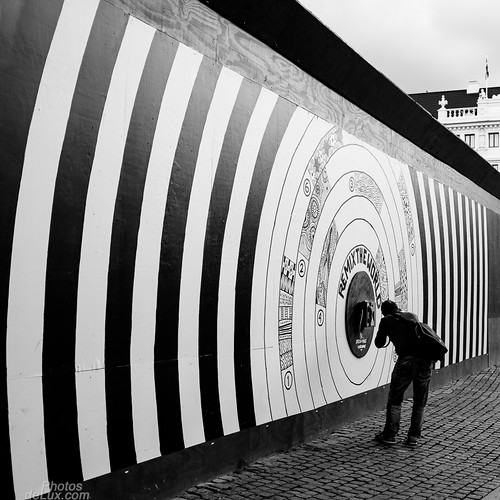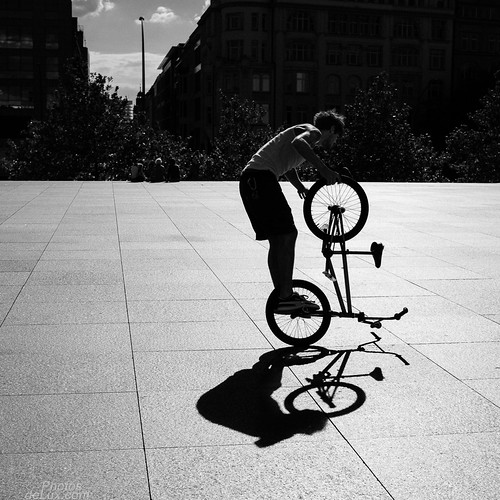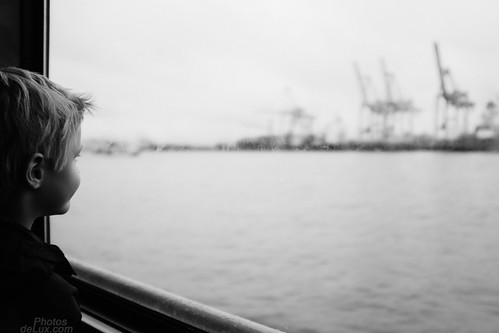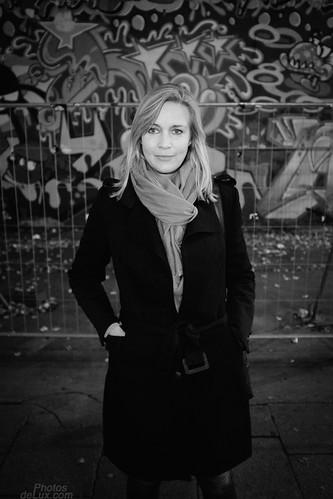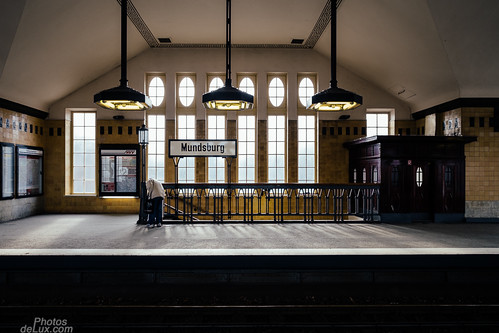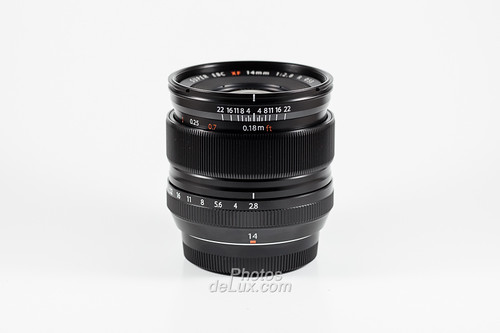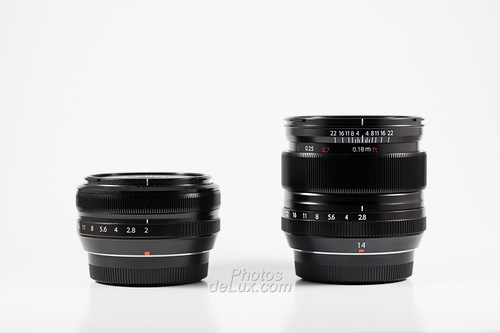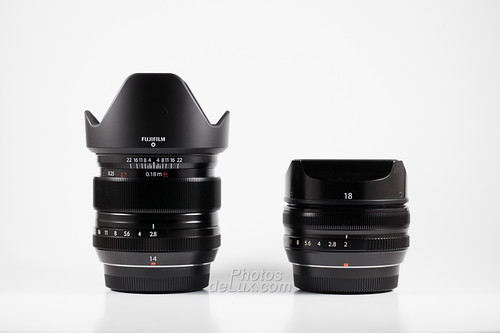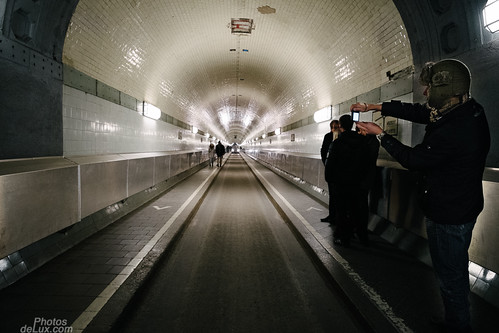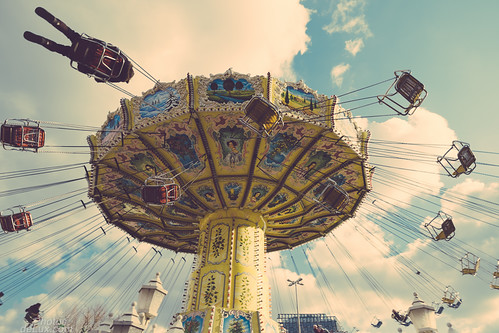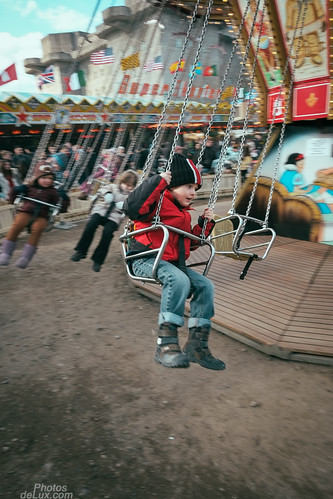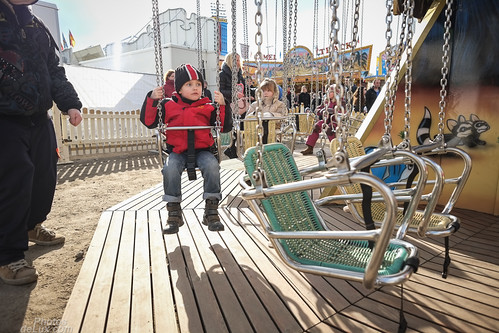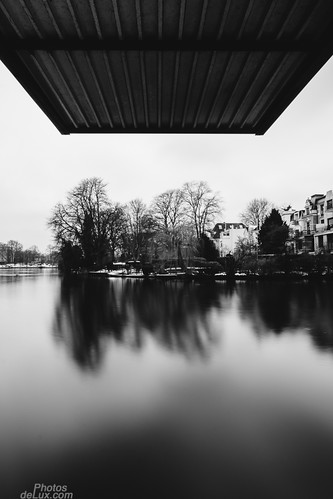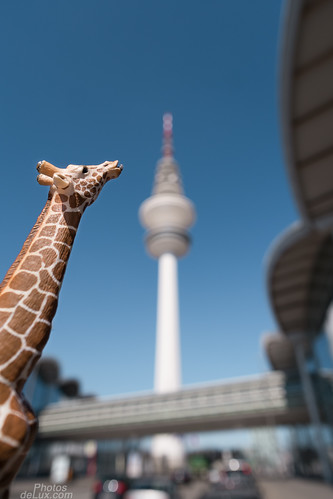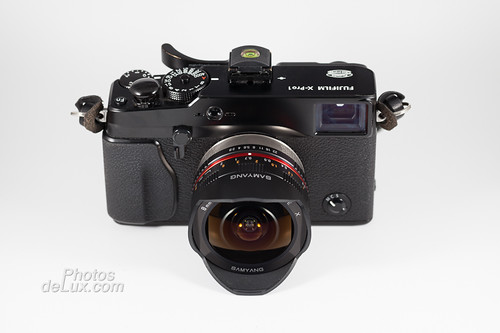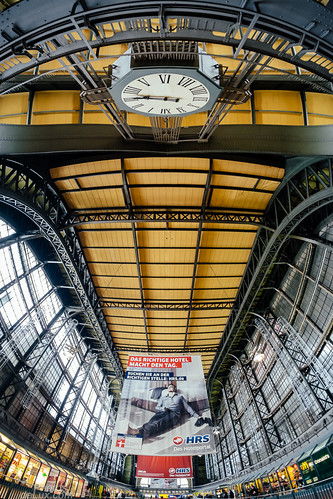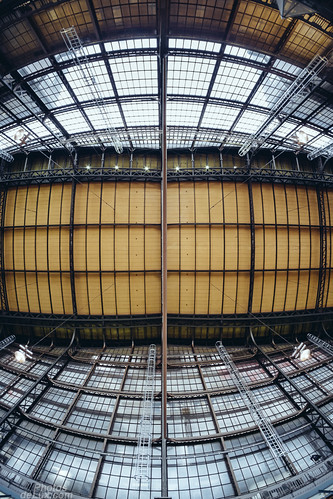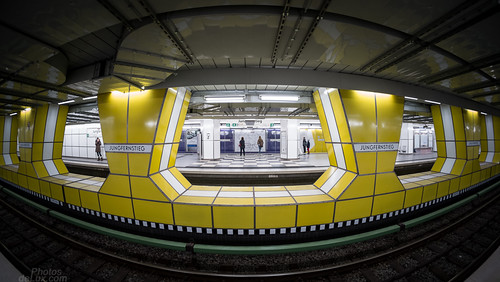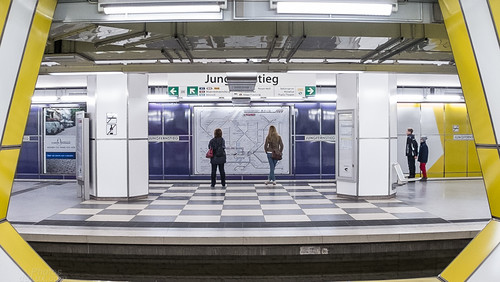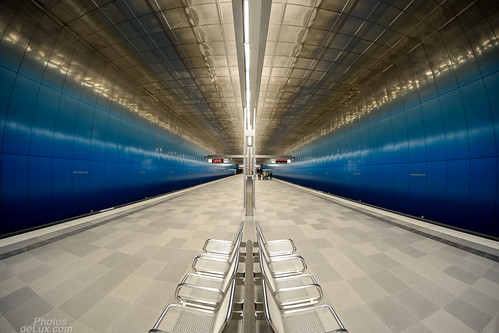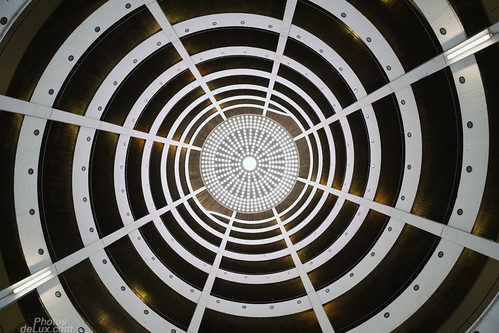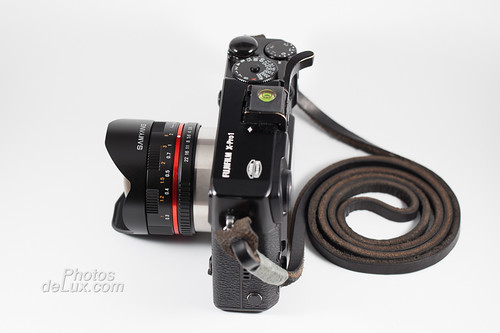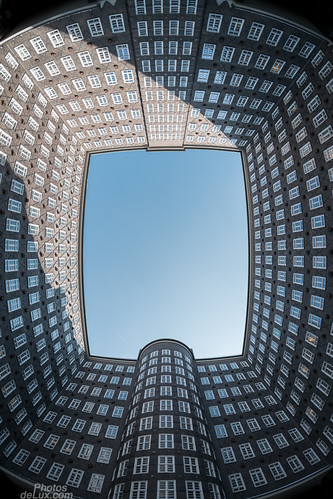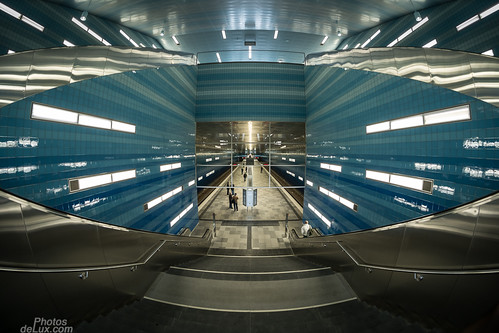After a 2 year production cycle, Fujifilm upgraded the revolutionary X100 and introduced the X100S. The X100 was the reason I bought my first digital Fuji camera a little over 2 years ago and it has turned me into a loyal customer, also buying the X10 and X-Pro 1. The X100 was also the first camera that I preordered without ever holding it in my hands or reading a single review (there were no reviews at the time I preordered).
 |
| The X100S is my daily companion - even in bad weather there are scenes to capture |
But now the question for me and countless other classic X100 photographers was: Should I upgrade to the X100S?
Fujifilm introduced the revolutionary hybrid viewfinder with the X100 and gave the camera an external control layout of a classic film camera with aperture, shutter time and exposure compensation that can be controlled blindfolded with your finger tips.
But the X100 was not without flaws. While the image quality was stunningly wonderful even in Firmware 1.0, some of the ergonomics were... hmmm... let's say "challenging".
The original FW was lacking some streamlining in the menu and the minimum focus distance before having to switch to Macro mode was almost a deal breaker for me. Especially since it requited the photographer to push buttons 3 times before the Macro mode was activated or deactivated.
But most of these issues were fixed with continuous FW updates and the AF plus MF quality and speed was improved over time, too.
 |
| I'm already owning the X-Pro 1 and classic X100 - so is it worth buying the X100S? |
So why should I upgrade if the X100 is a good camera with the current FW? Well, because the X100s is simply better at everything!
There were certain things that Fuji was not able to fix in FW on the classic X100 as they were hardware related. The X100 and the X100S exterior are almost identical but the trained X100 photographer will happily notice the subtle but important changes that Fuji made.
The first thing that I appreciate is the physically raised "menu" and "OK" button. You won't have to operate this important button with your fingernails any more. Secondly, the 3 position focus mode slider now has the most used modes at the easy to slide to top and bottom position (Manual focus and AF-S standard mode) while the least used mode for me (AF-C continuous that can only be used with center focus point) now sits at the fiddly middle position (where formerly the most used AF-S was placed). The AF-Point selection and Drive buttons also swapped places. This enables you to move the AF-Point with one finger while staying glued to the viewfinder. This fantastic improvement was also introduced in the 2.05 X-Pro 1 FW (1.06 on X-E1) update via Fn button.
Lastly, the RAW button turned into the Q-Menu (Quick menu overview) button that is known and loved from the X-Pro 1 / X-E1and X10 but did not make it to the original X100, yet.
Just these ergonomic changes could be reason enough for the enthusiast X100 photographer to upgrade. But wait, there is more! Fuji lists 70 improvements that have been implemented in comparison to the previous version of the X100. OK, let's make it 69 as I find the mere attachment of the "S" badge not to be a real usability enhancement ;)
I will not go through the whole list of remaining improvements but rather tell you what I find extremely helpful from a daily usability point of view:
The single biggest improvement for me is the reduction of the minimum focus distance before having to switch to Macro mode. It has been reduced by 40% down to 50cm (20in) from 80cm (31in) on the previous version. I was constantly in the close range for portraits and having to switch to Macro was annoying and slowed down the AF locking process considerably.
 |
| The X100S has an improved AF close focus distance before having to switch to Macro mode - high five for that! |
Next on the list to mention is the improved AF and MF speed. The contrast AF now gets supported by phase detection pixel on the sensor to speed up the AF in certain well lit situations. And when the phase detection pixel take control the AF locks very, very fast. If the contrast detection takes over, the AF speed feels about as fast as the AF speed on the classic X100 with current FW.
So how can one make the phase detection pixel to always be in charge? Well, Fuji claims that you will need a decent amount of light. Then you need to use the focus points around the center as these PD pixel are only covering 40% of the sensor around the center.
I did as Fuji told me, but I still find it very hard to control if PD or CD AF will be used to lock focus. Even if I aim the focus point at the same subject and try to lock AF repeatedly with half pressed shutter, it will sometimes pump (CD AF) and sometimes be instant (PD AF) to lock focus. This and an improved AF lock rate in backlit situations are two of the few areas where I hope for improvements in future FW updates. When you have a blazing fast PD AF it should be used as often as possible. But aside from this wish I should add that even right now this is the fastest and most reliable AF of the current APS-C size sensor Fuji X-Cameras.
And if you struggle with any of your Fuji X cameras AF,
read this article that I wrote about maximizing your AF results with Fuji X cameras.
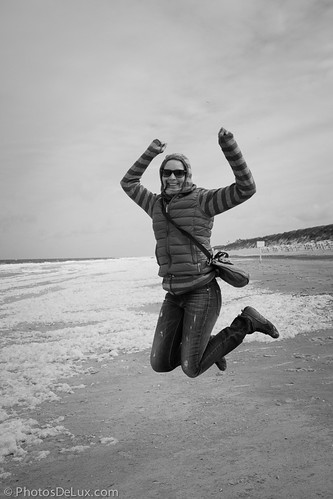 |
| The improved X100S AF in action |
And thanks to a higher resolution EVF, focus peaking and the now ambient light independent manual focus system, this is currently also the best manual focus Fuji X-Camera (until the FW 3.0 update for the X-Pro 1 and X-E1 on July 24, 2013 anyway).
Operating Speed:
The X100S also operates faster than the classic X100. There is no noticeable shutter lag and switching settings in menu is instant. If maximum operating speed is important to you, then switch off all energy saving- and switch on all performance improving features. What also helps is when you use the fastest UHS-I SDHC cards. I use the 16GB SanDisk Extreme 95MB/s and I'm very happy with the speed they write my RAW + JPG files.
 |
| No noticeable shutter lag = perfectly timed captures |
Power consumption and batteries:
But with all energy saving turned off, I highly recommend that you buy at least one, or better yet, two spare batteries for your X100S. There have been situations where I got less than 350 images out of one charge with lots of reviewing and constant EVF use. And since my first experiences with two off brand batteries were so negative (they would not physically fit into the X100 battery compartment without getting stuck) I now only buy the original Fuji batteries.
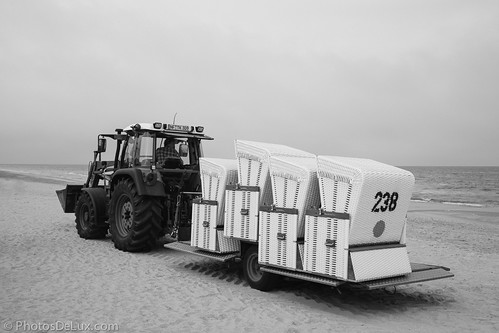 |
| Just a visual reminder to take extra batteries with you for long photo walks with your X100S ;-) |
Charging:
Talking about batteries, the charger that comes with the X100S now doesn't have a loose adapter part (to hold the battery in place) any more. After loosing this part on my X100 charger on a trip, I glued the replacement part permanently to the charger. Now Fuji attached this part permanently.
But what also needed improving was the charging time for empty batteries. An empty X100(S) battery will need 3.5 to 4 hours to charge completely! And unfortunately this has not changed with the X100S charger :-(
This becomes really annoying when you are on a photo trip and come back to the hotel at night with 2-3 empty batteries. I end up setting my alarm to wake up after 4 hours to switch batteries in the charger, so that I have at least 2 fully charged batteries for the next day. If anyone knows a faster charger for the X100 battery, please let me know! And no, a second charger is not an option. Traveling light is one of the reasons why I switched from DSLR to mirrorless for the majority of my work.
 |
| Raw street photography |
Image Quality
The biggest change concerning the image quality between the X100 and the X100S is the switch from a 12 MPix bayer array sensor to the 16 MPix X-Trans II sensor (this is an updated version of the X-Pro 1 & X-E1 X-Trans sensor.)
The original X100 certainly has an outstanding image quality and color rendition and still performs incredibly well today. But the extra 4 MPix and new sensor technology of the X100S are nice for extra cropping and ISO headroom. From looking at my images EXIF data I would say that the X100S has a 1 stop ISO noise advantage over the X100. This becomes quite visible at ISO 3200 and 6400. But I also have the feeling that the ISO sensitivity on the X100S is about 1/2 of a f-stop less sensitive. This leads to slightly longer shutter times at equal exposure situations. But over all there is still a bit of a gain in favor of the X100S and the "noise" of the X-Trans sensor looks very film grain like.
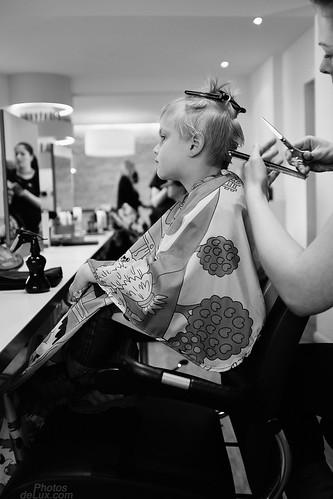 |
| I'm 100% satisfied with image and detail quality that I get from the X100S! |
The JPG color rendition is also a bit different between these two generations of X100 cameras. I have noticed this when I first started using the X-Pro 1 with the X-Trans sensor compared to the X10 and X100. This difference is mostly visible in yellow and green parts of the image. The X10 and X100 are very similar to each other while the X-Pro1 and X100S are more of a match to each other. Yet, if you don't do a direct A-B comparison, you will not notice this subtle difference in tonal rendition. And the out of camera JPG image look is beautiful from both sensors!
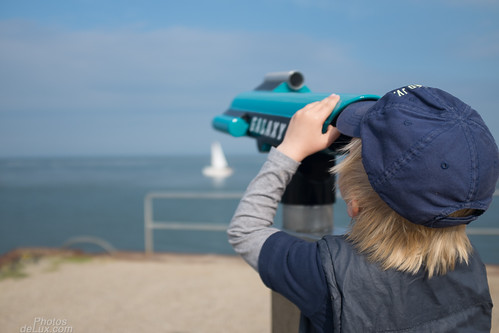 |
| Natural skin colors and an analog film like look are one of the strength of Fuji X cameras |
If you enjoy to give your photos a look of other analog film types than what the Fuji X-Cameras already offer internally, take a look at the products from VSCO. They offer their 3 film packs for LR and Aperture now with support for Fuji X100, X100s, X-E1 and X-Pro 1 Raw files.
 |
| A little VSCO Film adjustment in LightRoom gave the image this look |
The lens picks up some flare and this is identical to the lens on the original X100. Hence, I would buy the lens hood with adapter for two reasons:
1. To control flare.
2. To have a filter thread for the use of filter or simply to plug in a standard lens cap (49mm filter and lens cap for the adapter without the lens hood and a 52mm lens cap for use with the lens hood attached - you can see this on the second photo from the top). And do get the lens caps with the pinch release in the middle of the cap!
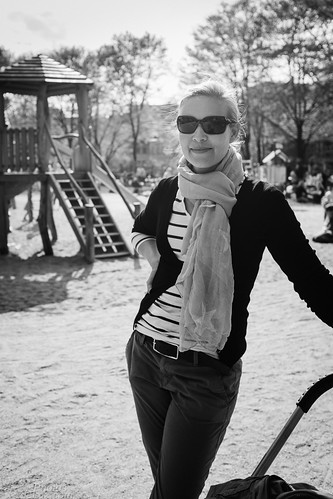 |
| The lens hood saved me from flare in this backlit image |
My settings:
The X100S has turned into my every day take along camera. It is my street, portrait and city/landscape tool. And, I use it 95% of the time as a B&W camera! I set the camera to record JPG + RAW and set the JPG to be captured in BW + Red Filter. This way the EVF and the review image in the EVF & OVF will show a B&W image which is closest to the way I would process it. The RAW file still contains the color information and will be rendered as a color image in my LightRoom collection, next to the B&W JPG image.
I find that seeing a scene in B&W is less distracting and lets me
focus more intensely on the subject and situation of the scene.
 |
| Lens distortion is well controlled in JPG images and easily adjusted on RAW with a +5 setting in LightRoom |
These are my preferred every day settings when I'm out with the X100S:
- Fn = ND Filter (heavily used in bright conditions to overcome the f2 & 1/1000s limit)
- RAW + JPG
- ISO: Auto 6400 at 1/100s (I'd rather take a bit more noise than motion blur)
- Film simulation: B-R (B&W Red Filter)
- Sharpness: +1
- Highlight Tone: 0
- Shadow Tone: +1
- Noise Reduction: -2
- MF Assist: Max
- High Performance Mode: On
- Power Saving: Off
- Review Time: 0.5 S
I'd say that even with a fixed 35mm equivalent field of view (to a 35mm film camera) the Fuji X100 and X100S cameras are very versatile:
Reportage photography:
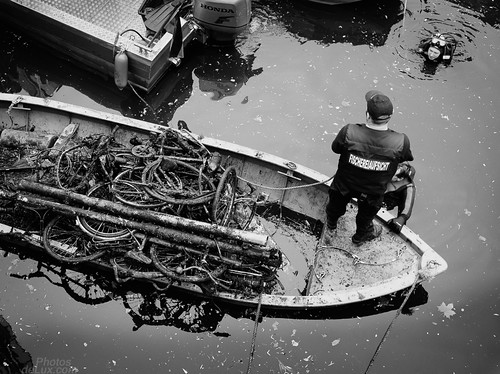 |
| Reportage photography X100S |
Portrait photography:
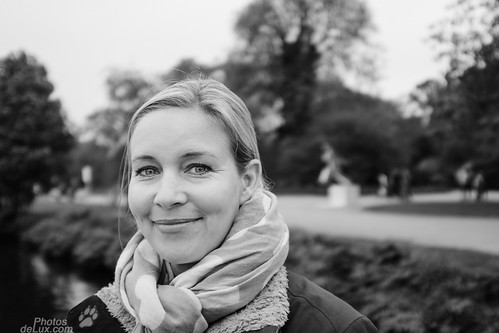 |
| Portrait photography with X100S |
Architecture photography:
 |
| Architecture photography with X100S |
Landscape photography (with VSCO Filmpack Filter applied):
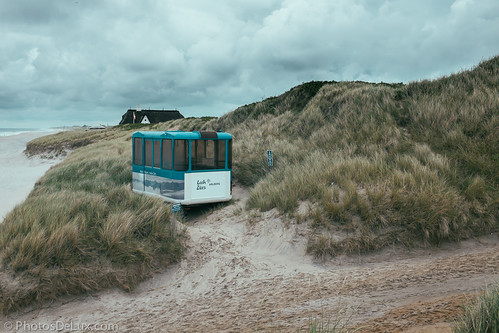 |
| Landscape photography with VSCO Filmpack Filter applied |
My Résumé:
The original X100 was a revolutionary camera with great image quality and a few quirks, but most of them were taken care of in FW updates. Still, after using the original X100 for 2 years my first 24h with the X100S convinced me that this is the camera I have
been waiting for! And at first I didn't even want to upgrade as the
image quality of the X100 is still very, very good.
But it seems like all of
my suggestions to improve the usability of the original X100 were implemented.
Someone at Fuji must be either reading my mind or reading my blog and
forum posts ;-) The X100S is truly a worthy successor with improvements in almost all aspects - making my daily work with this camera a pleasure.
When I'm out with the X100S I don't have to think about how to operate the camera. I can simply concentrate on framing my shot and evaluating the scene. I operate the aperture, shutter time and exposure compensation directly on the dedicated wheels without taking my eye off the viewfinder. And I'm get an instant 0.5 second quick review image to check if I got the shot the way I intended it. If the X100S didn't already exist one would have to invent it! :-)
I think that if Henri Cartier Bresson would still be alive and in the market for a mirrorless camera, he would probably look very closely at the Fujifilm X100S - it's that good of a street photography tool.
 |
| Add translates to: "How to take good photos" |
To finally answer the question if the X100s is worth the upgrade from the X100? After using this camera daily for more than 3 month with roughly 5000 photos taken, I can answer this question with a big "YES!" for myself. So if you are still in doubt if this upgrade is worth it for you, go to your camera store and give it a try! This camera might also be an alternative for people who are interested in the Fujinon XF 23mm f1.4 lens for their X-Pro 1 or X-E1. Besides that the XF 23mm f1.4 lens is not released at the time I'm writing this, the X100S can also be seen as a 23mm f2 lens with a fine camera attached. And it would make a nice back up camera, too :)
And it is also worth a second look for people who had operating issues with the classic X100.
But I must also add that this does not make the classic X100 an obsolete camera. If you don't want to spend the new price on a X100S and don't mind the minor operating issues that I had with the classic X100 (mainly close focus distance before having to switch to Macro, MF in low light and two handed AF point selection) it is still a camera with wonderful image quality at a very interesting used price. And take a look at the Fuji X photographers who still use the original X100 and the stunning images that they create with it. Only the difference in image quality from the new sensor would not have been my reason to upgrade...
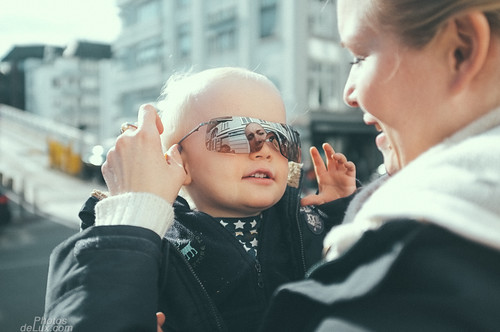 |
| One of my last photos taken with the classic Fuji X100 |
If you have any further questions leave a comment below, Twitter me @HamburgCam or visit my
Homepage at www.MarcoLarousse.com
And if you liked my post I am always happy if you spread the word and retweet, like or google +1 it :-)
